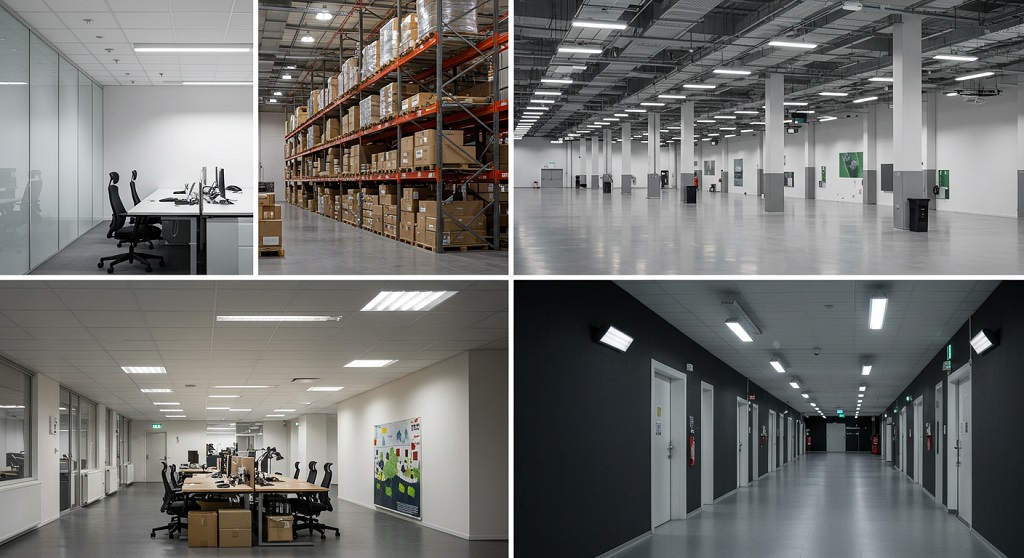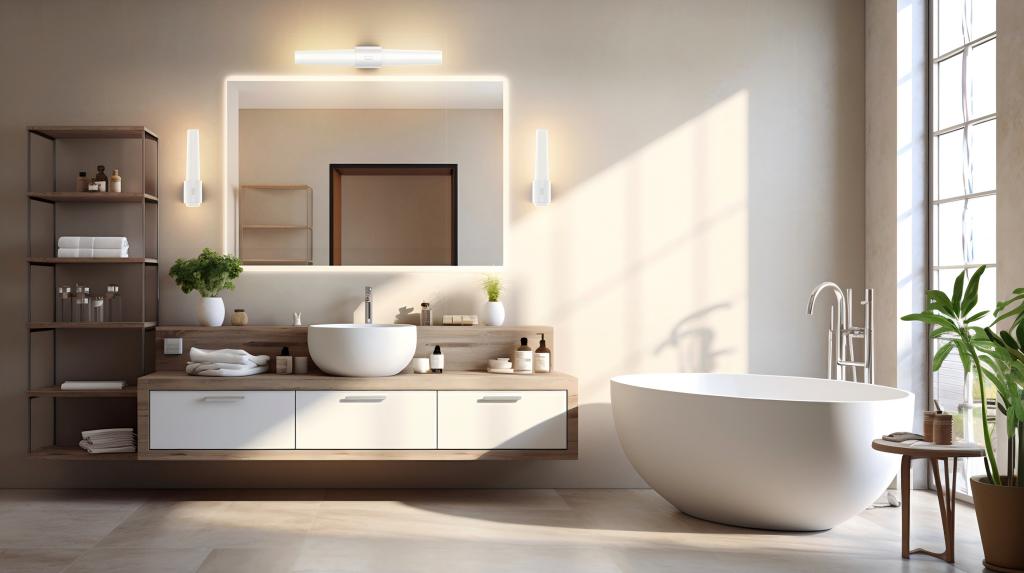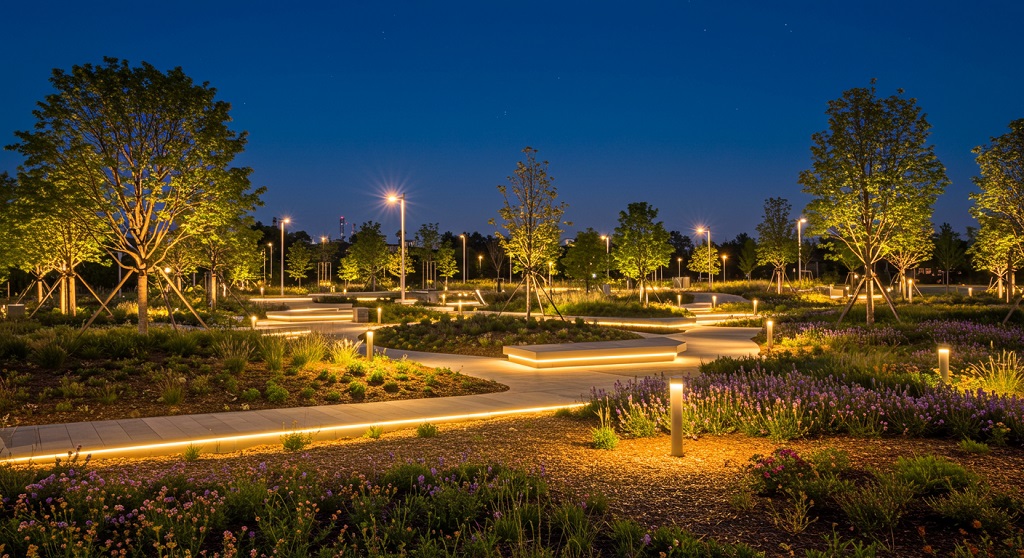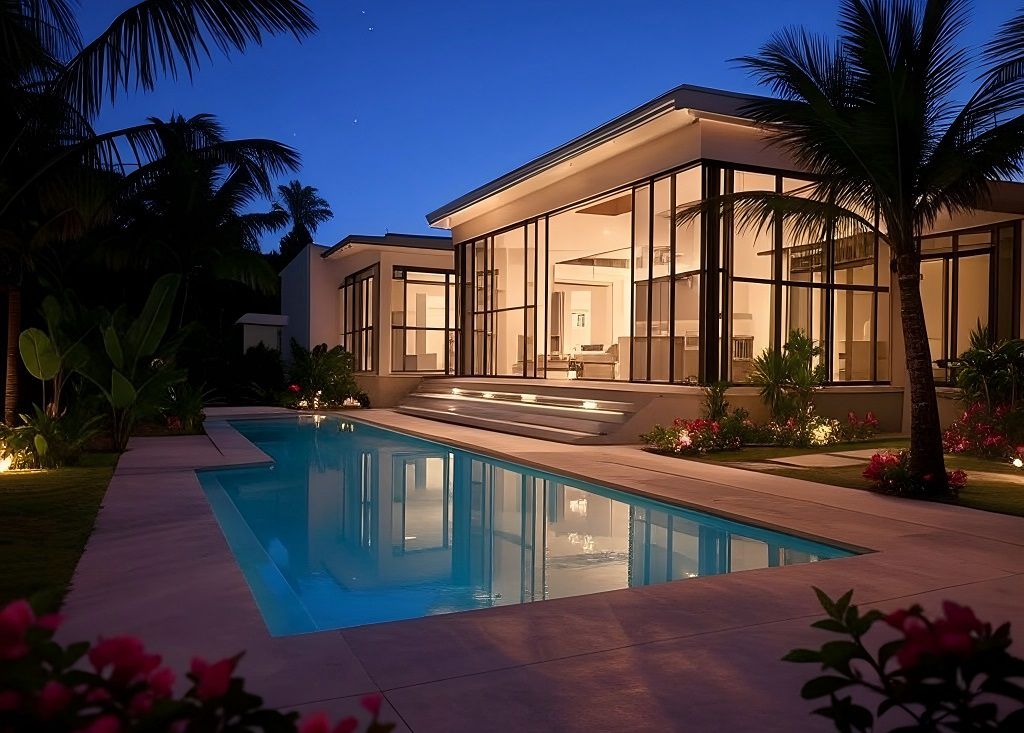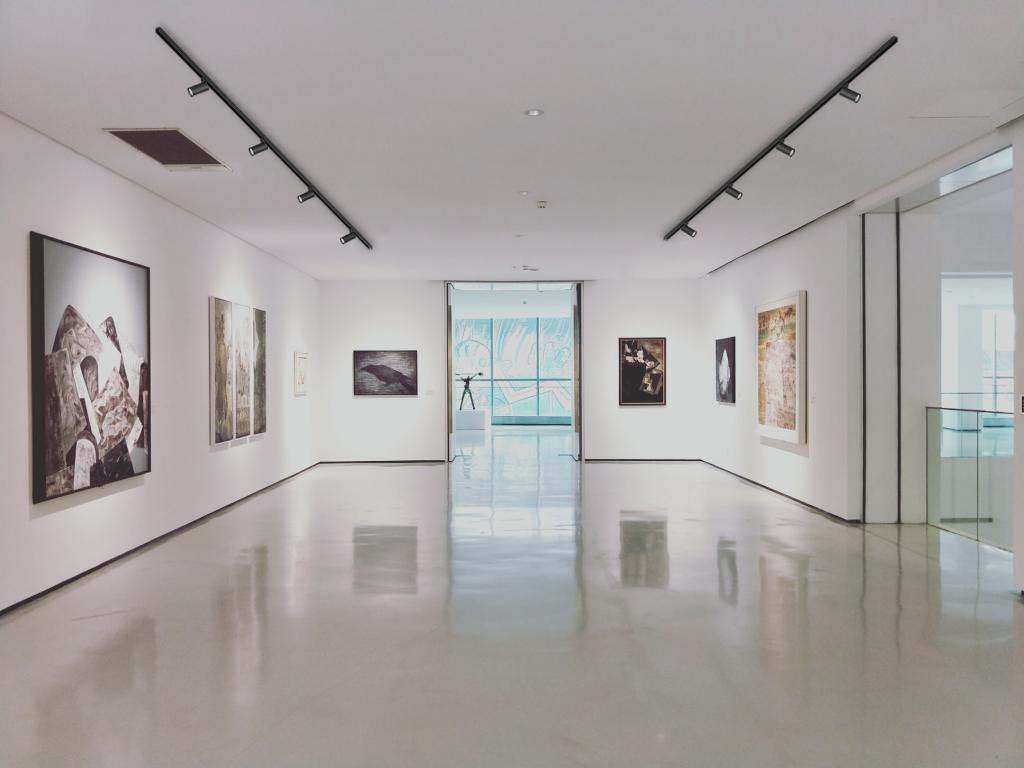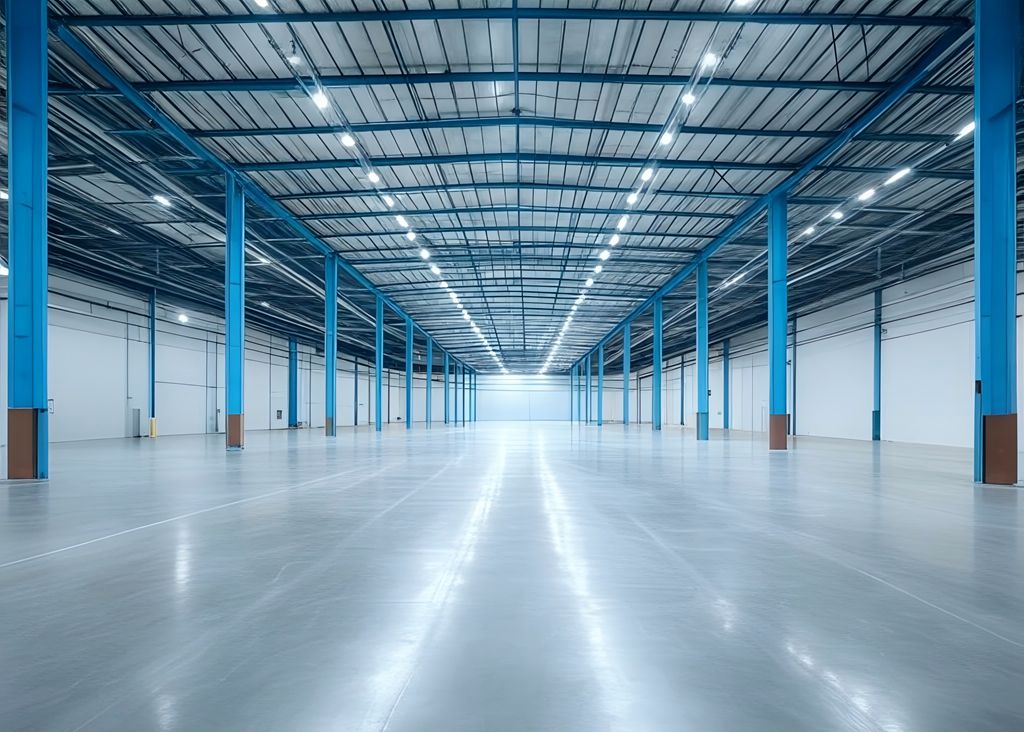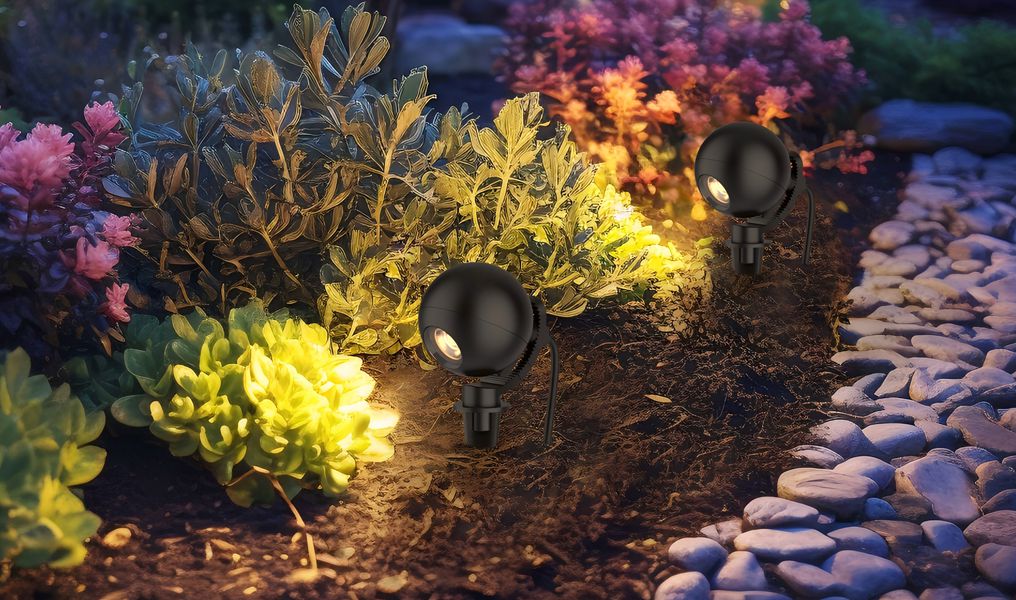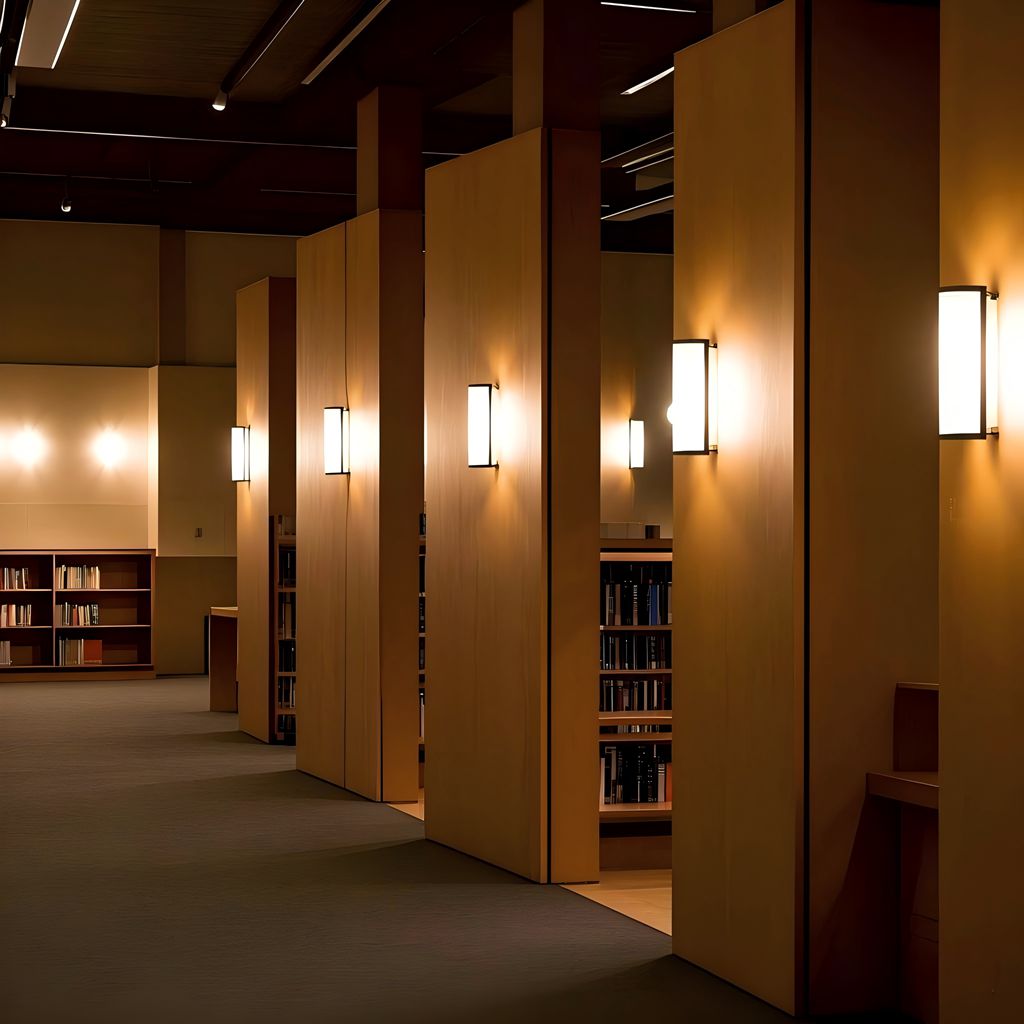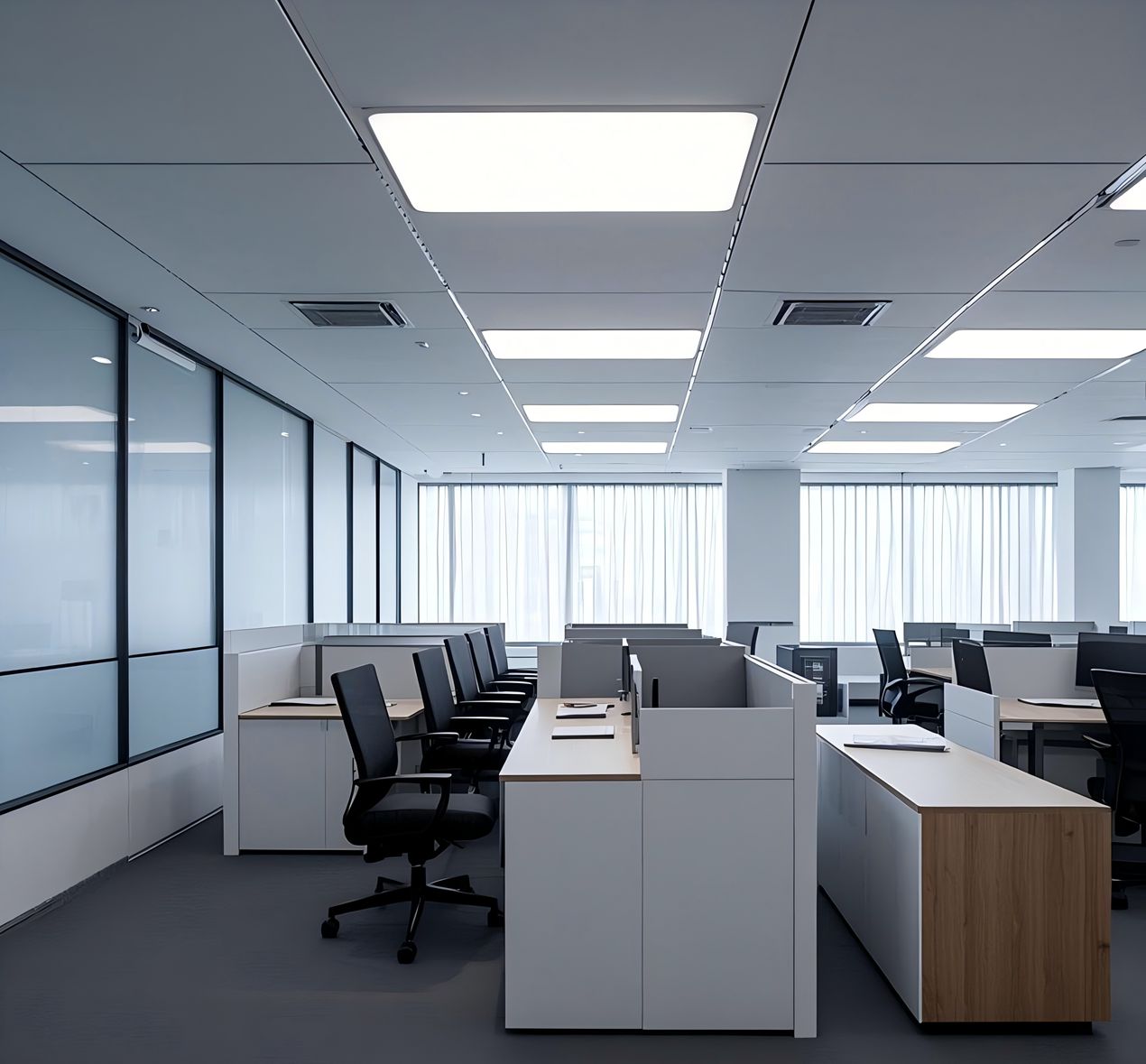Hello guys, I guess you may looking for some information about how to use light DIY at your place now. And fortunately, you find out our passage and reading now. For this, we won’t let you be disappointed to build your place more personal style. Our blog could explore different DIY LED projects that are done at home. Examples might include building your own LED grow lights for plants, creating an LED dance floor, or building a custom LED light sign.
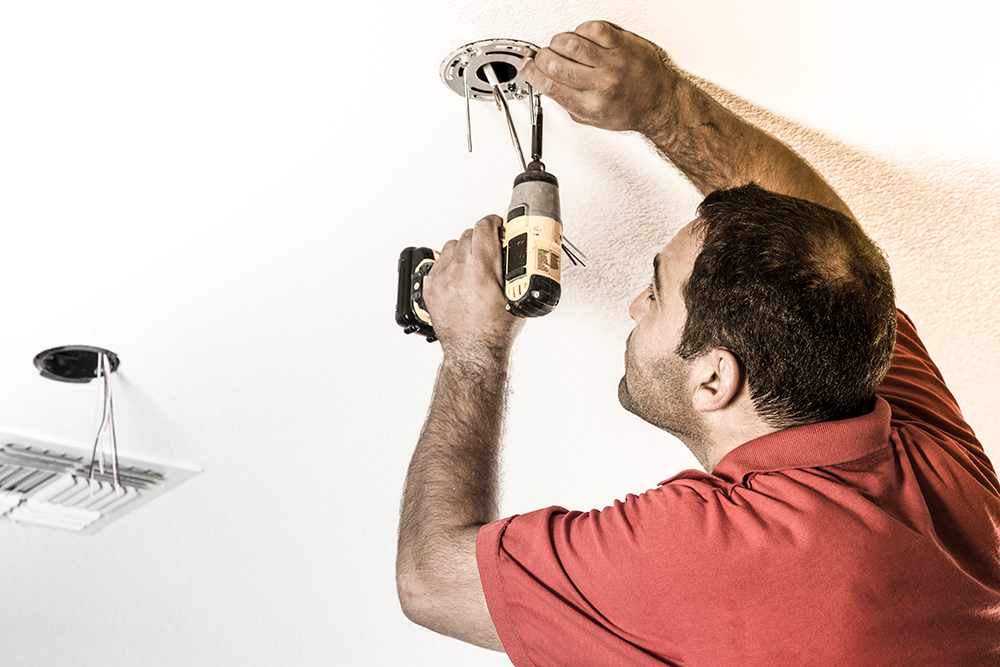
First, the several DIY LED project ideas that we recommended below
Use The Led Light Strips To Create Different Effects
LED light strips are a versatile and easy-to-use lighting solution that can be used for a range of projects. You can install them under cabinets, on bookshelves, or even around the edges of your TV for a dramatic effect. During the process, you need to measure the area where you want to place the LED strip and cut the strip carefully according to the required length.
Install LED Cloud light
An LED DIY cloud light is a creative and fun DIY project that involves making a cloud-shaped lamp using LED strip lights and polyester stuffing. The LED lights are attached to the filling, and then the stuffing is formed into a cloud. The result is a whimsical and ethereal lighting fixture that can be hung from the ceiling or placed on a tabletop. The LED lights can be set to different colors and brightness levels, making it a versatile decor piece that can be customized to suit any mood or occasion.
Install LED infinity Mirror
With a few sheets of glass, some LED strips, and a bit of woodworking, you can create an amazing infinity mirror that seems to go on forever. These make great conversation pieces and can be used as a mood light in your bedroom or living room.
Set An LED Interactive Wall Art
This project combines LED strips with infrared sensors to create a colorful and interactive piece of wall art. As you move your hand over the sensor, the lights change colors and patterns.

What LED Accessories You Can Use To Diy Your Home?
Apart from the above lights, you may also can you the LED bulbs, LED controllers, LED power supplies, and LED modules. But these are below just a few of the LED accessories available to DIY your home. When selecting LED accessories, it's important to consider the type of project you're working on, your budget, and your personal preferences.
LED Bulbs: LED bulbs can be used to replace traditional bulbs in light fixtures. They come in various shapes and sizes , and can be dimmable or non-dimmable depending on your needs.
LED Controllers: These devices are used to control the brightness, color, and mode of your LED lights. Some controllers allow you to set schedules or sync your lights with music or video.
LED Power Supplies: LED lights require a power supply to function. There are various types of power supplies available, including plug-in adapters, hardwired transformers, or battery packs.
LED Modules: LED modules are pre-made light fixtures that can be attached to various surfaces. They come in different shapes and sizes, and can be used to illuminate signs, cabinets, or outdoor spaces.
How To DIY Your Place’s Lighting?
Assess your place's lighting needs: Determine how much light you need, where it's needed (task, accent, general), and the mood you want to create.
Plan the lighting design: Sketch out a plan or use a lighting design software to create an ideal layout. The plan should include the location of light fixtures, the type, the size, the number of bulbs, and the kind of light they will emit.
Choose the light fixtures: Look for light fixtures that suit your place's style and provide the right amount of light needed. Consider using a combination of fixtures, such as chandeliers, ceiling lights, wall sconces, floor lamps, and table lamps.
Install the fixtures: Follow the manufacturer's instructions to install the fixtures. Make sure the fixtures are hung at the right height, and all the wiring is properly connected.
Add dimmer switches: Install dimmer switches to control the brightness of your lights. It's an easy way to set the mood and save energy.
Add light bulbs: Choose bulbs that provide the right amount of light needed while also saving on energy costs. LED bulbs are an excellent option for their energy-saving and long-lasting properties.
Final touches: After installing the light fixtures and bulbs, add decorative accents, such as lampshades, to enhance the room's appearance.

Remember to practice safety when installing lighting fixtures, ensuring your electrical supply is switched off when making any alterations to your wiring. If you are unsure of your ability to complete any electrical work, call on the services of a licensed electrician.

